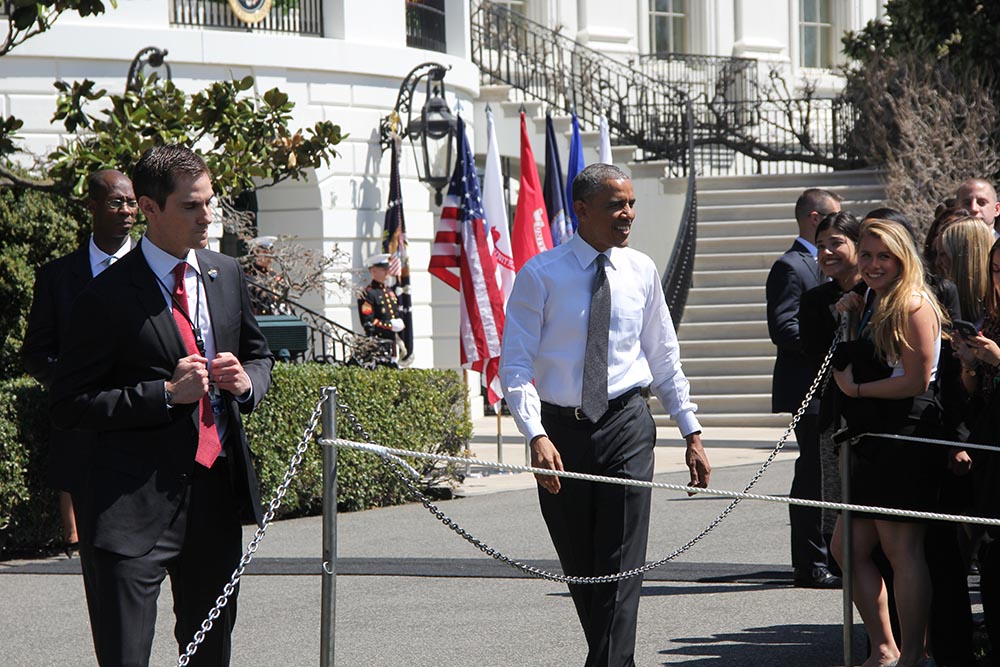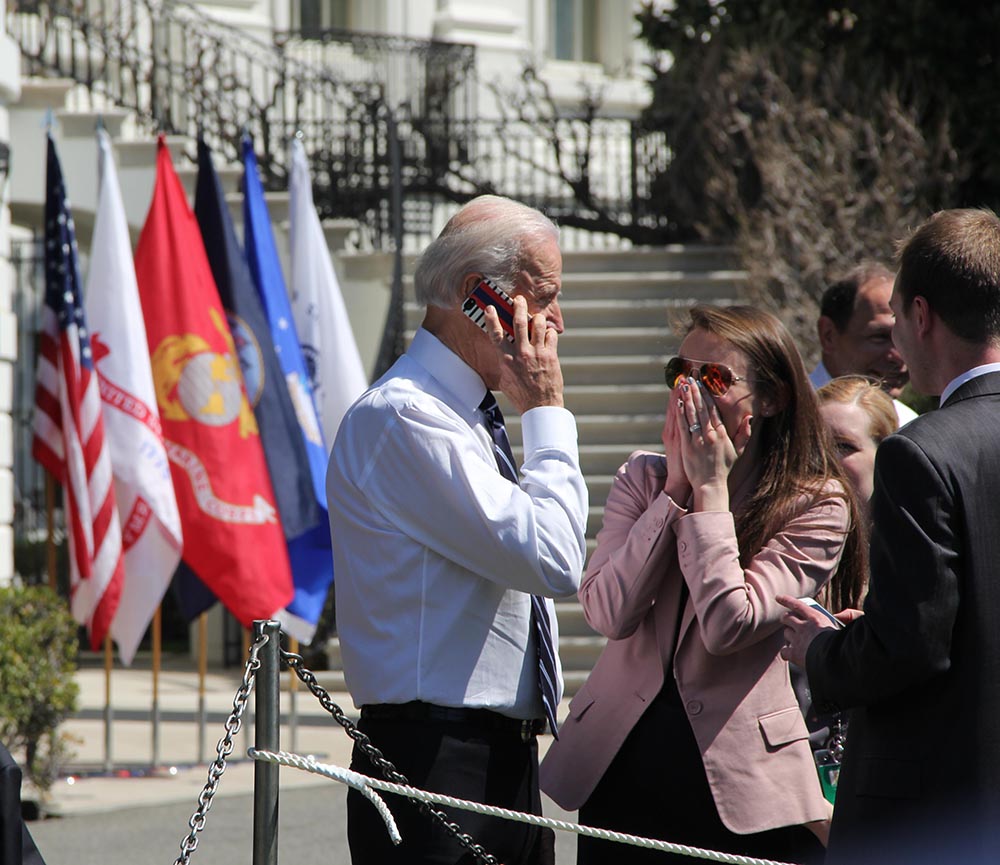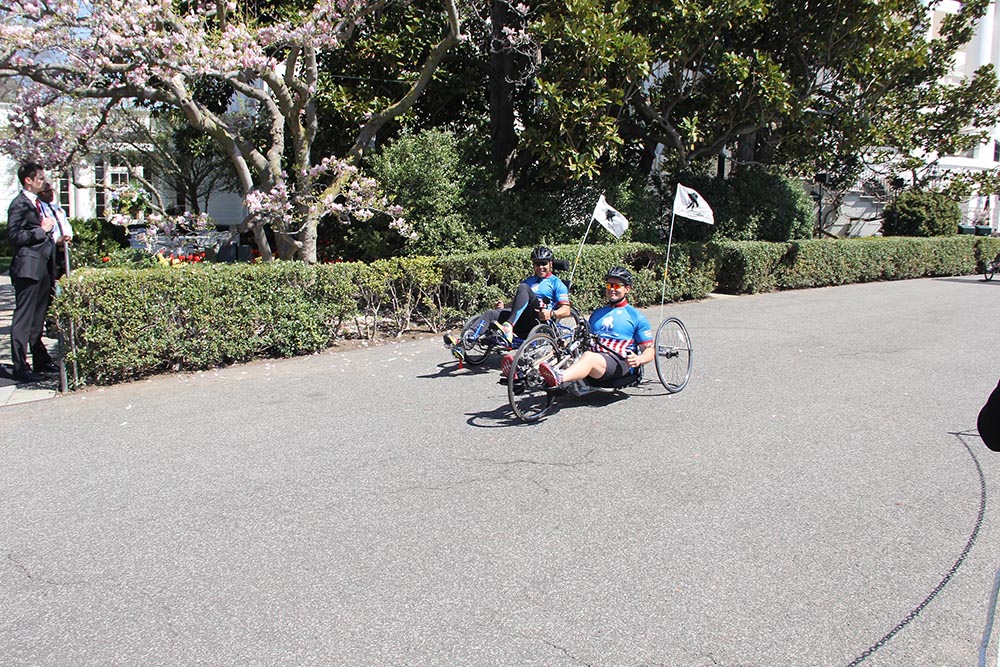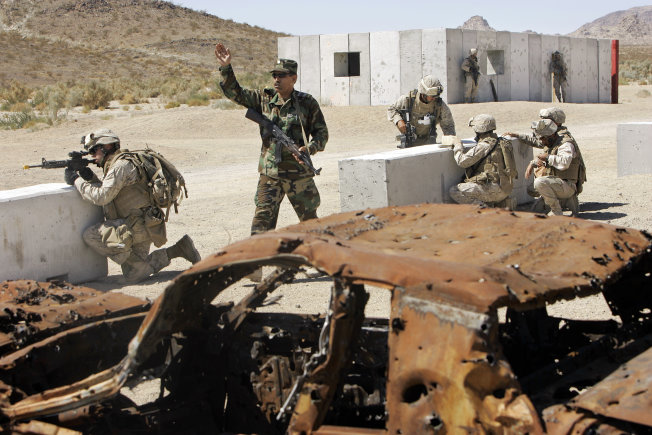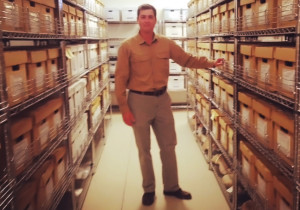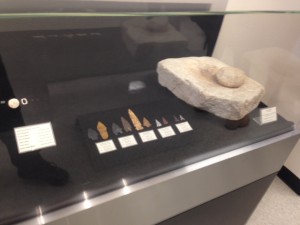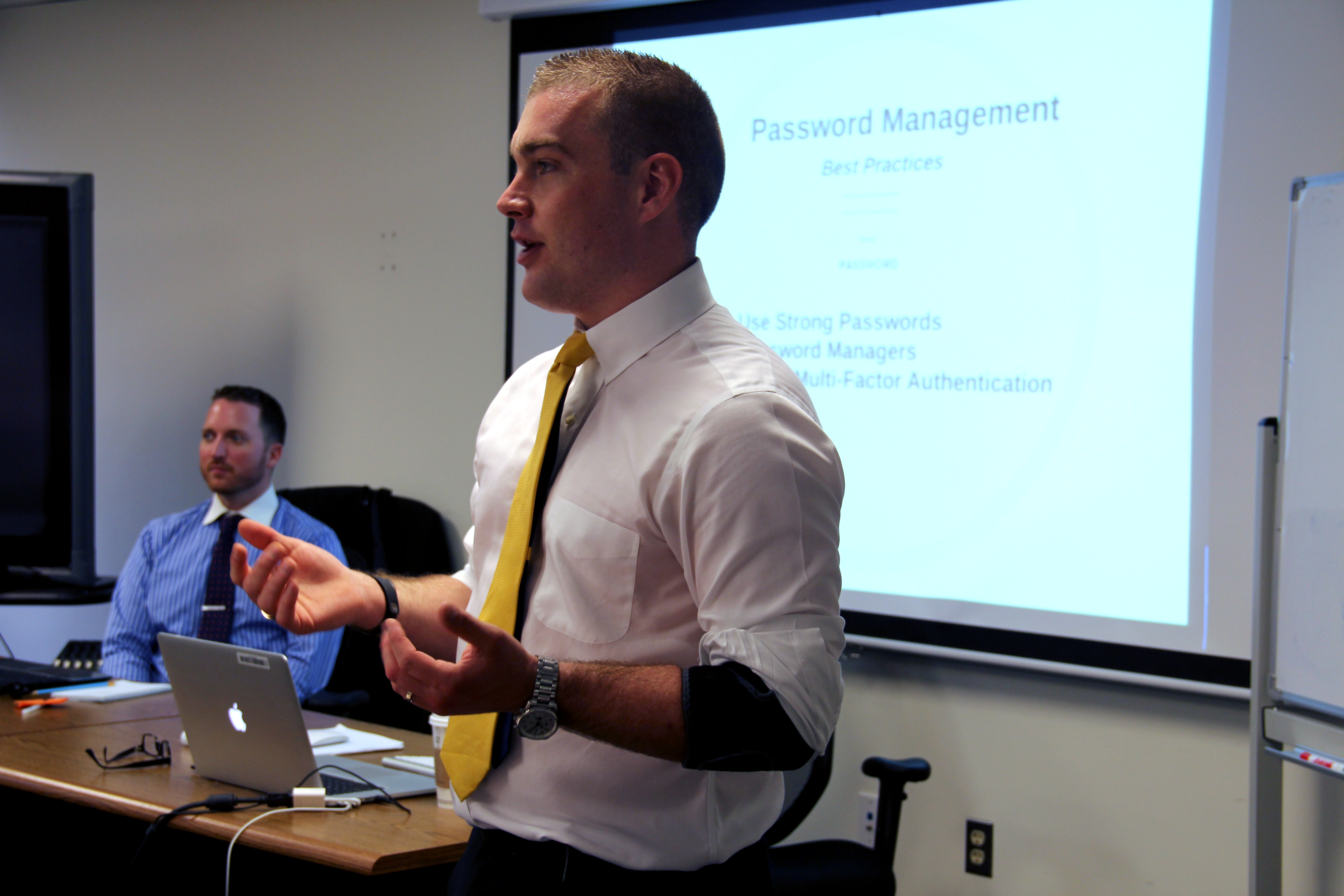 WASHINGTON–In the transition to the Obama Administration from the Bush Administration, freshly appointed Secretary of State Hillary Clinton appointed Richard Holbrooke as the Special Envoy for Afghanistan and Pakistan. With that move, U.S. global counternarcotics policy – regarding Afghan poppy farming in particular – took a sharp turn. Troops stemmed the practice of destroying poppy crops, concentrating on education, giving farmers alternatives and targeting drug traffickers, among other non-forcible eradication practices.
WASHINGTON–In the transition to the Obama Administration from the Bush Administration, freshly appointed Secretary of State Hillary Clinton appointed Richard Holbrooke as the Special Envoy for Afghanistan and Pakistan. With that move, U.S. global counternarcotics policy – regarding Afghan poppy farming in particular – took a sharp turn. Troops stemmed the practice of destroying poppy crops, concentrating on education, giving farmers alternatives and targeting drug traffickers, among other non-forcible eradication practices.
This recent video shows just how far that policy has set in, with U.S. soldiers not only permitting poppy farming but essentially helping Afghan farmers grow the crop.
Although some soldiers and Afghans see progress in various areas, many criticize the tacit support of poppy growing, according to a report on the counter-narcotics effort from the inspector general for the State Department.
The concern is that poppies used for the opium trade wind up supporting terrorism. They provide much of the funding for the Taliban, according to estimates by the United Nations Office on Drugs and Crime.
The U.S. policy now hopes to prevent that by focusing only on drug traffickers, so as not to affect farmers for whom poppies are their sole livelihood.
Tom Schweich, the U.S. ambassador for counter-narcotics and justice reform in Afghanistan from 2007-08, debates the effectiveness of any policy that fosters poppy growing and does not include at least some amount of eradication.
“That’s like getting rid of a tree by cutting the branches instead of the roots,” Schweich said. The policy adopted by Holbrooke is more politically based than attending to actual situation, according to Schweich, who helped shape policy that included eradication under the Bush Administration. He says there has to be a policy that’ attacks the problem at all levels: cultivation, the process of turning it into heroin, the chemists, traffickers, and people protecting traffickers.
Holbrooke’s office did not respond to questions about the effectiveness of their policy, or the State Department OIG’s criticism by press time.
Tom Gregg, a fellow on the Afghanistan regional project at the Center on International Cooperation, said that moving away from eradication is acknowledging the complexity of the issue. The CIC is part of New York University, where Holbrooke’s senior advisor Barnett Rubin is a director of studies and senior fellow on Afghanistan.
“Fundamentally it’s not as dreadful as an eradication policy,” Gregg said.
The source of drug trafficking and its connection to terrorism dates back to the late 1970s after the collapse of the Afghan state during the Soviet-influenced communist coup. Afghan political-military leaders allied with businessmen engaged across many trades including arms dealing and drugs. Businessmen depended on the strongmen, presumably like the Taliban, and then in exchange gave them money.
The UNODC said that the Taliban and “other anti-government forces” made $50 million to $70 million by charging farmers something like at 10 percent fee on their crops. Also, levies imposed on opium processing and trafficking may have raised an additional $200-$400 million. In addition to revenue, drug traffickers provide insurgents material support, including vehicles, weapons, and shelter.
It’s not so easy to go back now, however. The World Bank’s Department for International Intelligence describes the nuances of trying to reverse the proliferation of poppy farming amid the continuing/escalating turbulence. Security incidents in Afghanistan have increased every year since 2003, and in 2009 there was another sharp rise in security incidents.
Meanwhile, some farmers have lost the skills to live off of crops – raisins (See DII report pg. 15) are just one example – and therefore the comparative advantage has gone down. Consequently, switching a farmer back to such benign crops becomes a chore.
So too is it difficult to pin down the demographic that is impacted by eradication. Rubin and others in the Holbrooke camp underscore the dire economic situation for those who would lose their incomes and the anti-American sentiment eradication creates, thus fueling insurgency. Schweich says that it is in part misleading, as farmers who grow poppies don’t do so out of need.
“It’s not poverty that is driving this, it’s greed in most cases,” he said.
A 2008 UNODC report does say that poverty is not a driving factor in creating an opium boom; rather it is more a combination of under-resourced governments and ongoing insurgencies. Data from the NODC shows that poppy growing in Afghanistan exploded after 9/11 to its record high of 193,000 hectares in 2007, before beginning to decline again.
Now the poppy harvest is decreasing for the third year in a row, only the most recent one coming under the Obama administration. And the decline under Obama is largely due to a naturally-occurring fungus that has destroyed opium crops.
Though Afghanistan produced 90 percent of the world’s opium, the vast majority of farmers grow something other than poppies. Only 6.4 percent of the total population or 12.9 percent of the rural population was involved in poppy cultivation (UNODC survey, pg. 76).
What’s more, in Afghanistan, it’s actually against the Constitution to grow or cultivate poppies. So permitting poppy growing could send the wrong message to other Afghan farmers who are not growing poppies, Schweich suggests, in essence telling farmers it’s OK to violate the constitution, and it undermining the very rule of law they’re trying to establish.
“It’s a preposterous mixed message with no chance of long-term success,” he said.
Gregg admits though there are a number of contradictions in the international approach, such as the inequitable distribution of the foreign dollar in Afghanistan. The insurgency is in the South and Southeast, he says, where a lot of the foreign aid goes. “In some ways is rewarding bad behavior,” Gregg said. Some of what the military needs to do is to identify the swing provinces, he recommended, first award areas that aren’t growing poppies.
It may be that the previous policy of eradication – which could only be executed with force-protected, ground-based eradication and not aerial sprays – could be done better. But it was not in and of itself a bad policy, according to Schweich.
“The central poppy eradication force was inefficient. There’s no doubt about that. However, an eradication component to a comprehensive counternarcotics policy remains essential,” he said.


